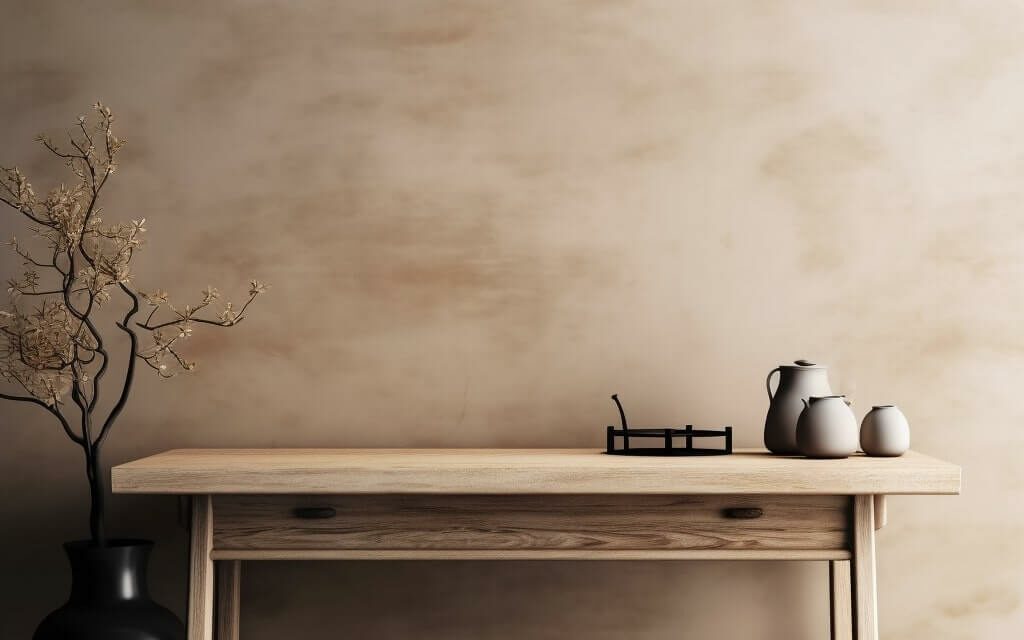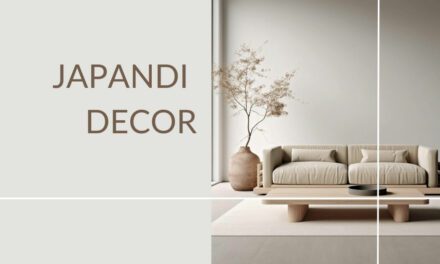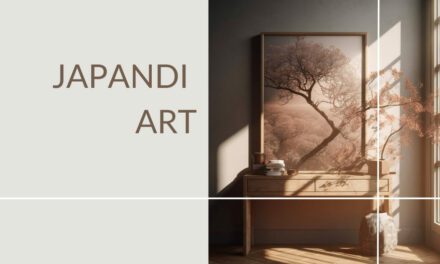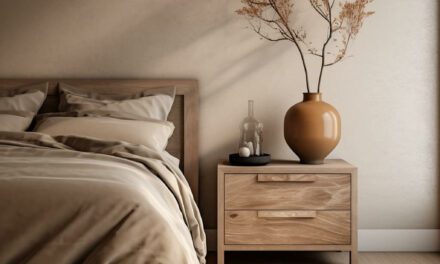If you too are intrigued by the Japandi design style – particularly for home offices, there’s no better place to explore than the quintessential piece of Japandi office furniture—the Japandi desk.
Characteristics of Japandi Desks
The beauty of a Japandi desk lies in its simplicity.
There is an inherent minimalist appeal to these desks that is truly timeless. But don’t mistake their simplicity for lack of purpose.
Every element of a Japandi desk—from its smooth, sleek surfaces to its meticulously designed storage spaces—is carefully thought out.
It’s this blend of functionality and aesthetics that I’ve found so compelling.
The desk doesn’t scream for attention; instead, it subtly complements the workspace, facilitating productivity and focus.
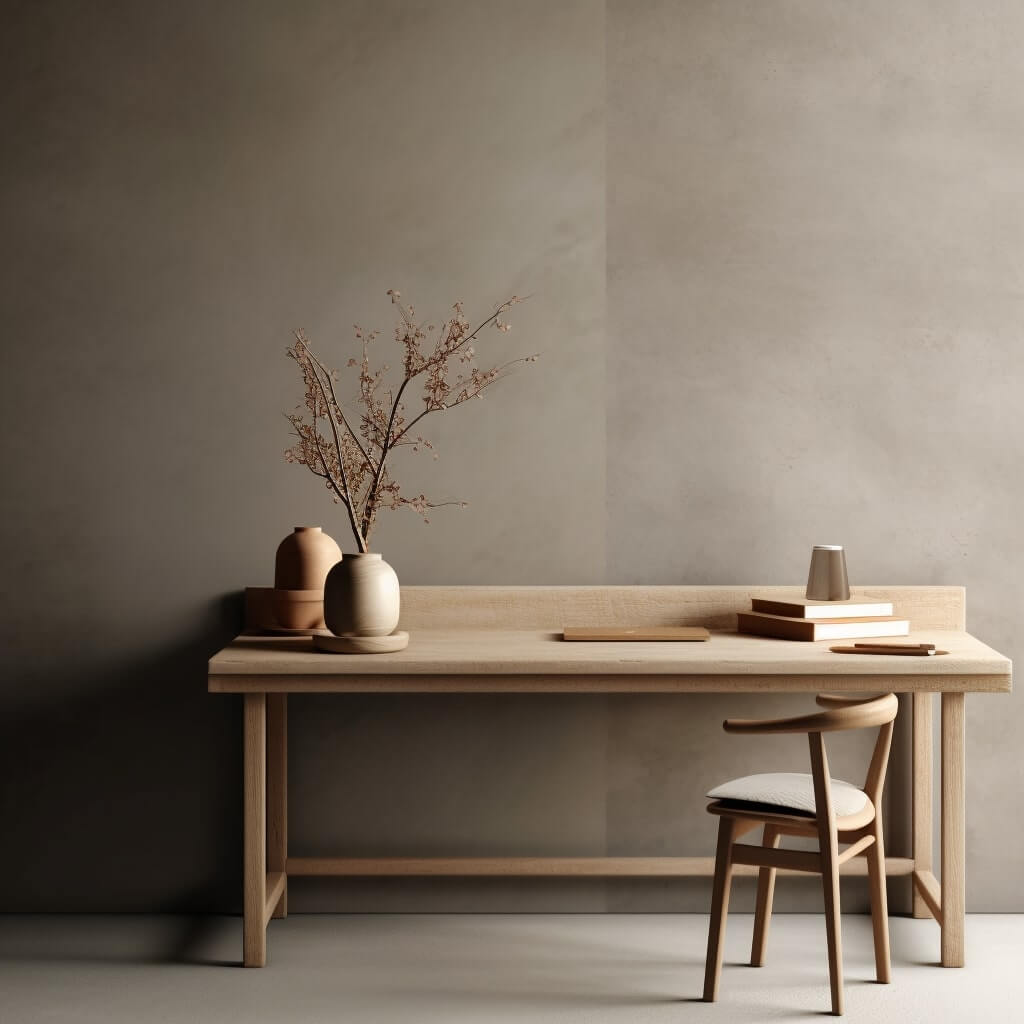
Natural Materials and Craftsmanship
The material composition of Japandi desks is another aspect that sets them apart.
Inspired by the Japanese wabi-sabi philosophy and the Scandinavian love for nature, these desks are typically crafted from natural materials like wood.
Whether it’s the rich grains of oak or the lighter shades of birch, the raw, tactile appeal of these materials adds a sense of warmth and authenticity.
And it’s not just about the materials, the craftsmanship involved is also a critical component.
The joinery, finishes, and attention to detail reflect an impressive level of skill that adds to the charm of these desks.
Color Palette in Japandi Desks
The Japandi color palette is one of my favorite aspects of this design style.
It borrows from the calm, muted tones typical of Scandinavian interiors and the neutral, earthy hues prevalent in Japanese interior design.
When it comes to Japandi desks, you will often find a blend of these palettes: think off-whites, greys, light browns, and the occasional black for contrast.
These colors lend a sense of tranquility and unassuming elegance to the workspace.
Ultimately, the defining characteristics of Japandi desks—minimalist design, use of natural materials, and a serene color palette—are not just about style.
They are also a reflection of a lifestyle that values simplicity, functionality, and a deep connection with nature.
And I believe it’s this philosophy that makes the Japandi desk more than just a piece of furniture.
It’s a quiet statement of refined taste and mindful living.
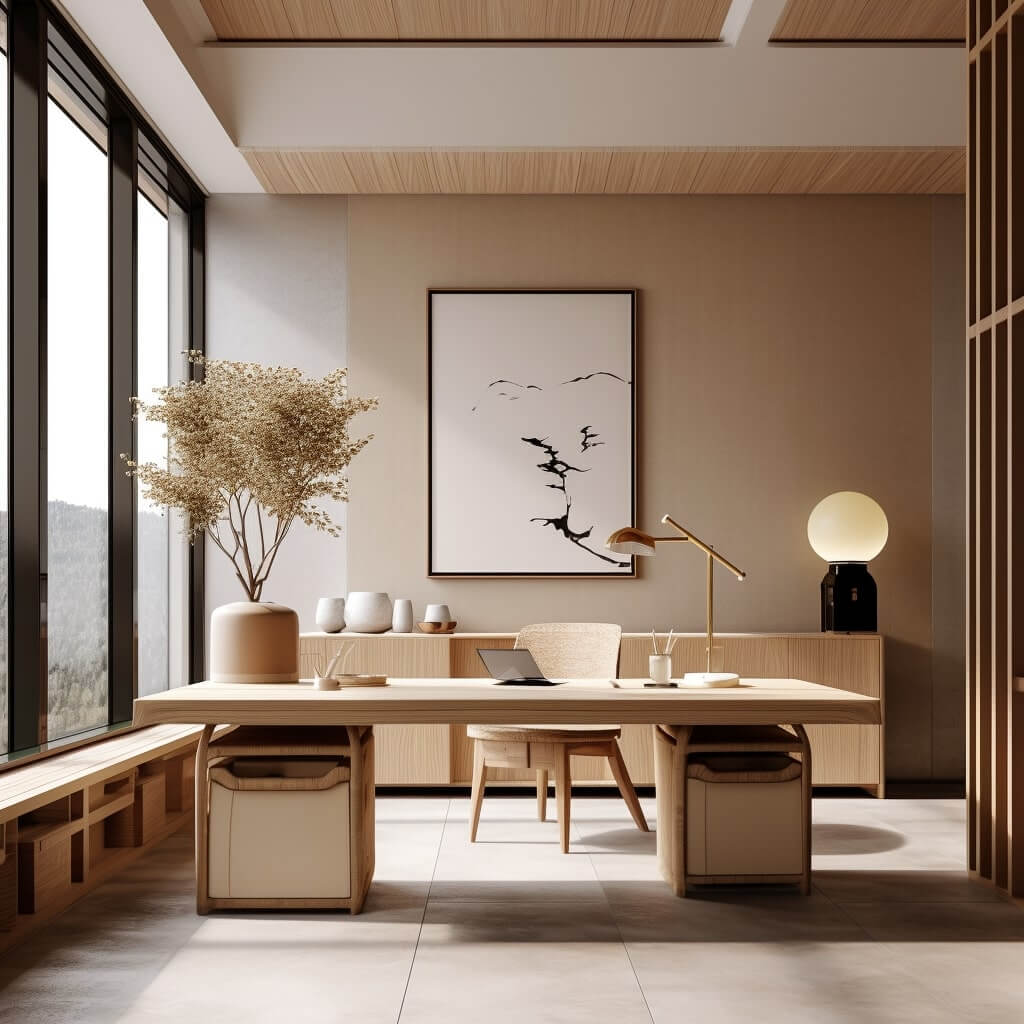
The Emotional Appeal of Japandi Desks
Serenity and Calm: The Zen Influence
The first time I sat down at a Japandi desk, I was immediately struck by a profound sense of serenity.
There’s a distinct Zen influence in these desks that seems to create an aura of calm around them.
This Zen-inspired tranquility, deeply embedded in Japanese culture, is often evoked through simplicity, minimalism, and the seamless integration of natural elements—all hallmarks of Japandi design.
When I’m working at my Japandi desk, it doesn’t feel like I’m just getting through tasks; it feels like I’m on a path of mindfulness, where every moment is intentional, every task is significant. It’s a truly transformative experience.
Comfort and Warmth: The Scandinavian Influence
Yet, as calming as a Japandi desk is, it doesn’t feel cold or impersonal.
This is where the Scandinavian influence shines through, adding a layer of comfort and warmth to the design.
The Scandinavians have a term, ‘hygge,’ which is all about creating a cozy, convivial atmosphere.
And you can feel this hygge in every aspect of a Japandi desk—from the natural wood grains that evoke a sense of familiarity and homeliness, to the ergonomic design that makes working a comfortable experience.
Sitting at my Japandi desk, I don’t just feel like I’m in a workspace.
I feel like I’m in a haven, a space that invites me to relax, create, and be at my best.
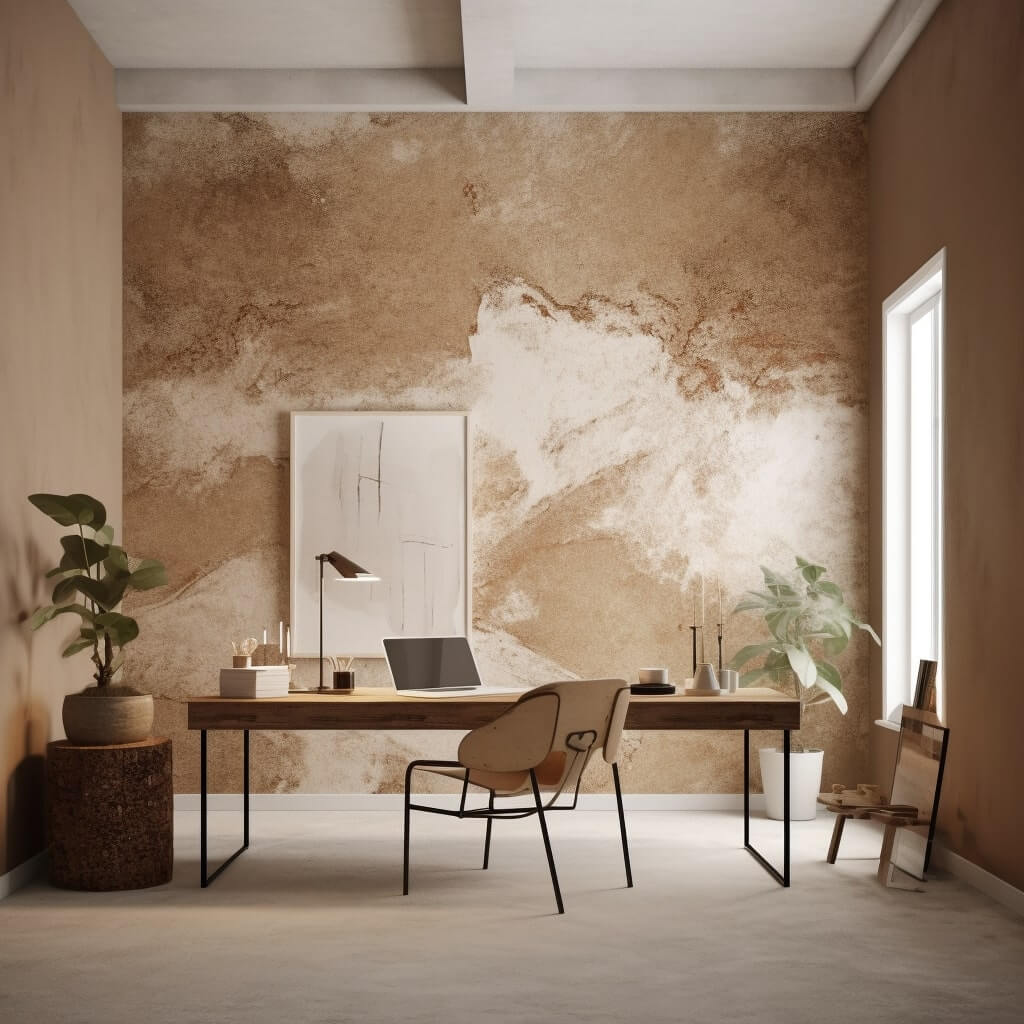
How to Choose the Perfect Japandi Desk
Quality of Craftsmanship
When it comes to selecting a Japandi desk, the first thing I look for is the quality of craftsmanship.
Both Japanese and Scandinavian designs value skilled craftsmanship, which can make a big difference in the durability and overall aesthetic appeal of your desk.
I take the time to inspect the joints, the finish, and even the underside of the desk.
These details can reveal a lot about the care and precision that have gone into making the piece.
In my experience, a well-crafted Japandi desk not only lasts longer but also brings an extra level of beauty and sophistication to your workspace.
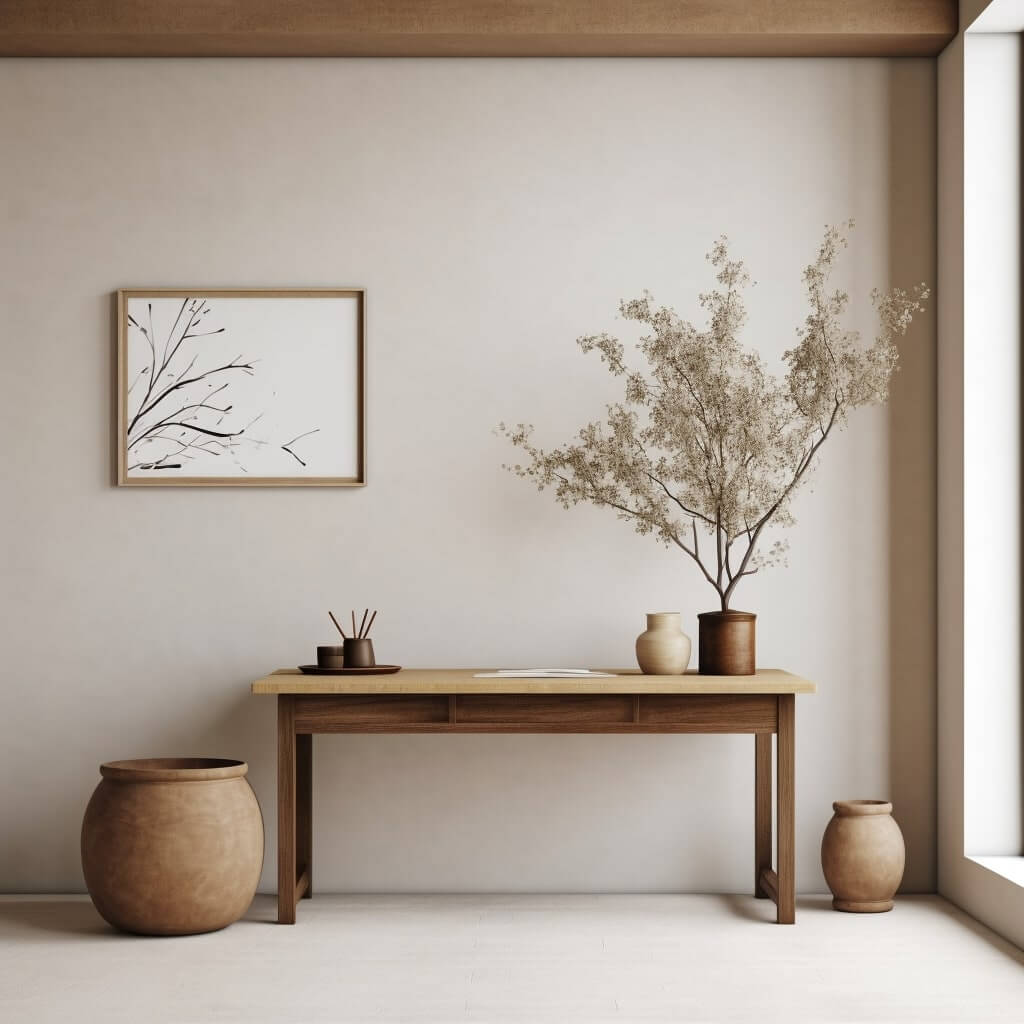
Choosing the Right Color and Material
Next, consider the color and material of your Japandi desk.
As I mentioned earlier, natural materials and a neutral color palette are key components of this design style.
But that doesn’t mean all options will work for you.
For instance, I prefer a lighter wood like ash or oak for my Japandi desk because it adds a touch of warmth and brightness to my workspace.
However, you may prefer a darker, more dramatic wood like walnut.
When choosing a color, think about the overall aesthetic of your room.
A good rule of thumb I follow is to ensure the color of the desk complements, rather than clashes with, the dominant color scheme in the room.
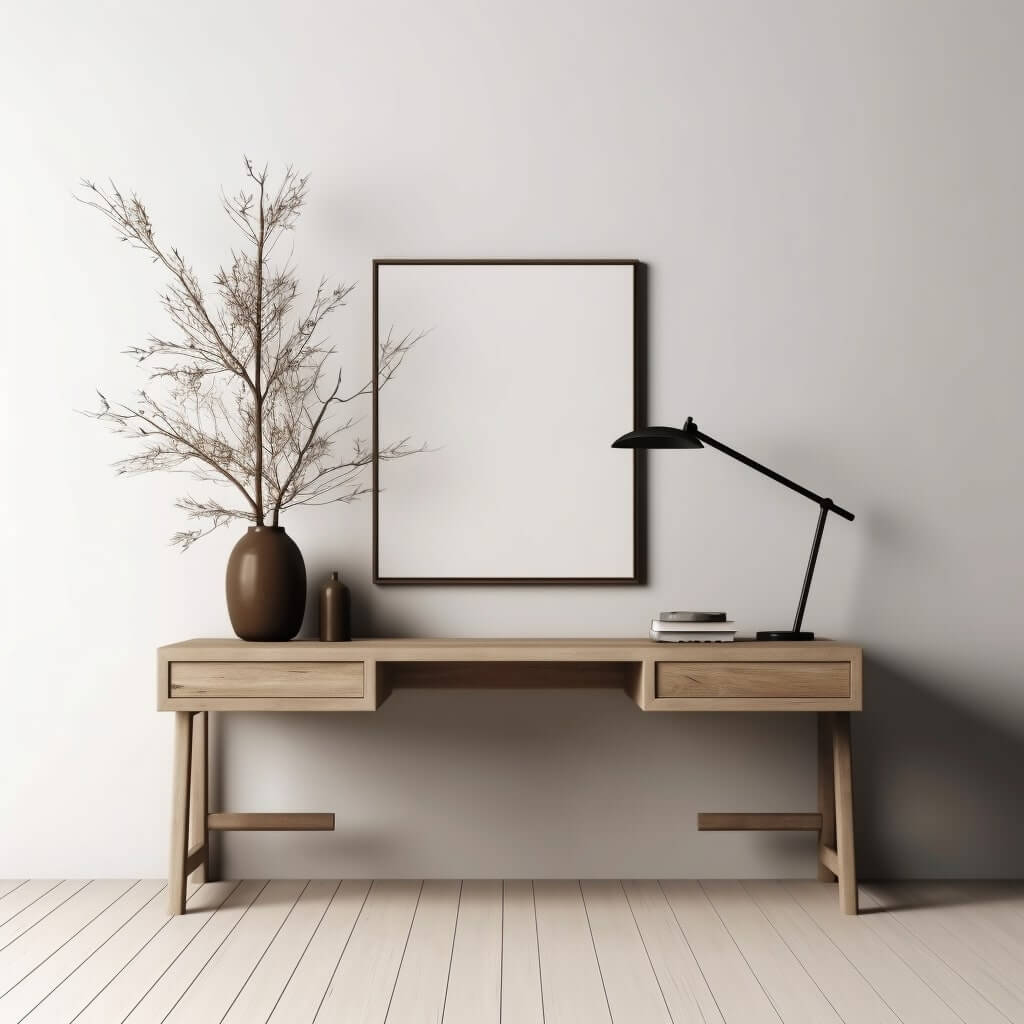
Matching Your Desk with Room Aesthetics
Finally, think about how your new desk will fit in with the rest of your room.
This is particularly important because the Japandi style is all about harmonious, balanced interiors.
When I added a Japandi desk to my room, I ensured that it complemented the existing decor.
That meant considering the size and shape of the desk, its placement in relation to other pieces of furniture, and even the type of desk accessories I would use.
It’s these little details that can help create a seamless, aesthetically pleasing environment that truly embodies the Japandi ethos.
Choosing a Japandi desk is more than just picking a piece of furniture.
It’s about finding a piece that resonates with your personal style, enhances your workspace, and ultimately, enriches your daily life.
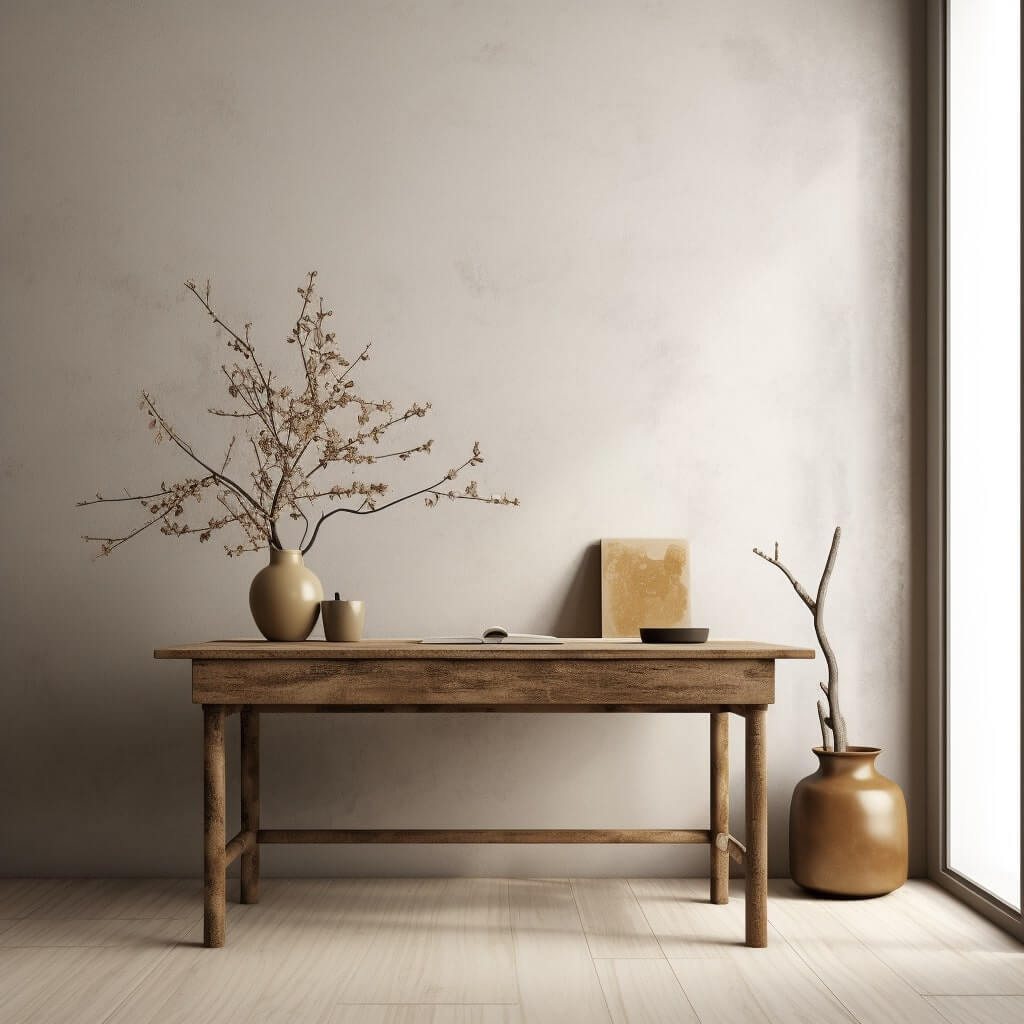
Where to Buy Authentic Japandi Desks
Top Online Stores for Japandi Furniture
If you’re keen on convenience, online shopping is a great way to find an authentic Japandi desk.
There are numerous online stores that offer an array of beautifully crafted pieces, curated from all over the world.
I’ve had great luck with platforms like Etsy, where you can find a variety of unique, handmade Japandi desks.
Other notable e-commerce platforms like Scandinavian Designs and Rakuten Global Market offer a range of Japandi furniture as well.
These websites typically offer detailed descriptions and high-resolution photos, making it easier to inspect the craftsmanship and design of each desk.
And, let’s not forget the reviews—reading other buyers’ experiences can provide invaluable insights while making your choice.
Stores for Traditional Shopping
While online shopping offers convenience, there’s something truly satisfying about the traditional in-store shopping experience.
Visiting brick-and-mortar stores allows you to see, touch, and even smell the furniture, giving you a much better sense of the quality and craftsmanship.
Plus, you can see exactly how the desk would look in a real-life setting.
I’ve discovered some beautiful Japandi desks in local boutique furniture stores and even in larger chains like West Elm and IKEA.
These stores often have experienced staff who can provide guidance and help you choose the perfect desk.
Whether you prefer shopping online or in-store, remember that choosing a Japandi desk is not just about the aesthetics.
It’s about finding a piece that embodies the Japandi principles of simplicity, functionality, and respect for nature.
And in my experience, when you find that perfect desk, it’s worth every penny.
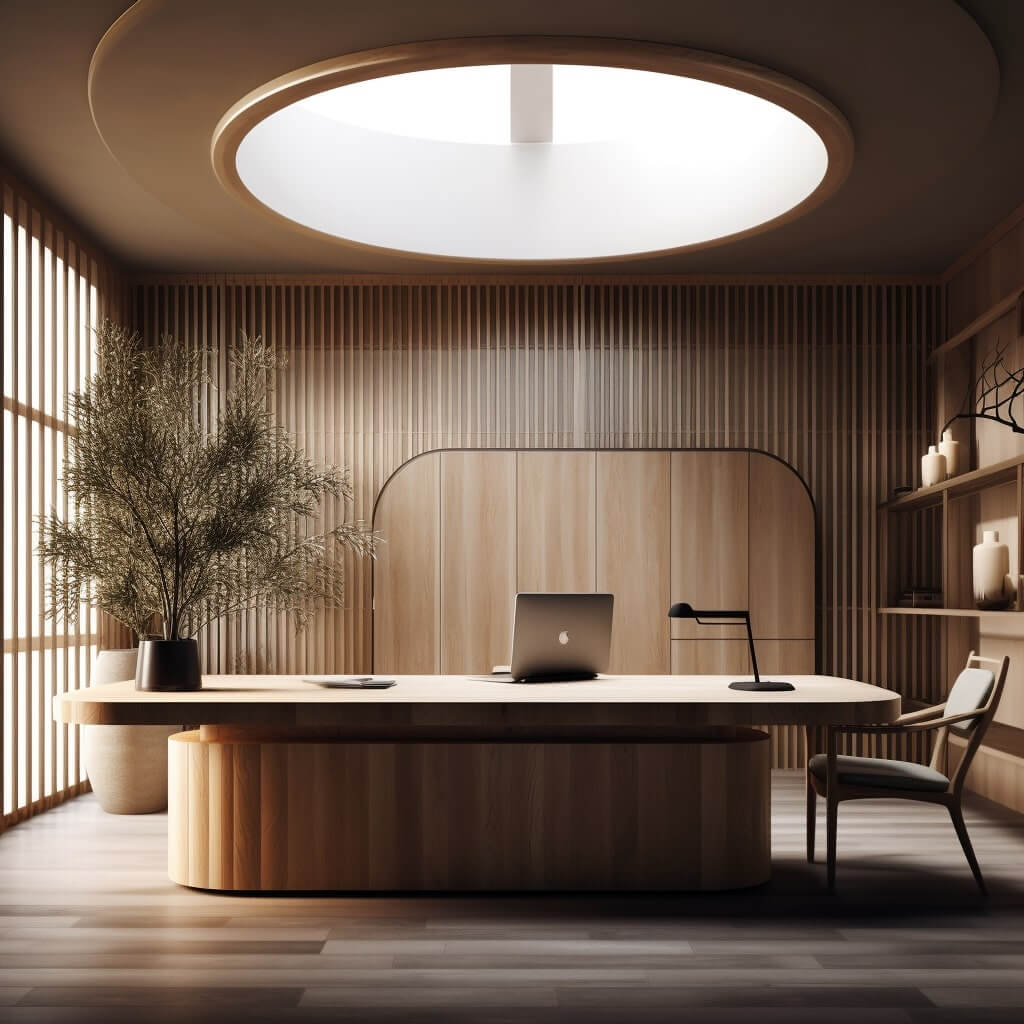
Choosing the Right Space for Your Japandi Desk
Finding the perfect spot for your Japandi desk is essential.
Remember, Japandi is all about creating serene, purposeful spaces.
So, I suggest placing your desk in a location that’s quiet and gets plenty of natural light.
Position it near a window, if possible.
This not only makes for a more enjoyable work environment but also aligns with the Japandi philosophy of embracing nature.
Also, consider the flow of the room. Your desk shouldn’t obstruct movement; rather, it should integrate seamlessly into the space.
Complementing Your Desk with Other Furniture
When it comes to pairing your Japandi desk with other furniture, harmony is key.
Try to choose pieces that echo the minimalist design and natural materials of your desk.
For instance, I paired my desk with a comfortable, ergonomic Japandi chair in a neutral tone.
I also added a wooden bookshelf in a similar style and color to my desk.
This creates a cohesive aesthetic that is visually pleasing and helps to create a unified, balanced workspace.
Maximizing Room Aesthetics with Minimalist Décor
To complete your Japandi-inspired workspace, consider adding minimalist décor.
I prefer to keep my desk relatively uncluttered, but a few well-chosen accessories can enhance the overall ambiance.
Perhaps a sleek desk lamp for task lighting, a small potted plant for a touch of green, or a simple piece of artwork can add character without overpowering the minimalist aesthetic.
And remember, every item in your workspace should serve a purpose. That’s the essence of the Japandi style – beauty in simplicity and functionality.
FAQs
What are the materials used in Japandi?
Japandi design commonly utilizes natural materials, including a variety of woods like oak, pine, and ash. Bamboo, stone, and linen are also popular choices, often complemented by muted and earthy color tones.
What are thin desks called?
Thin desks, typically designed for space-saving purposes, are often referred to as “console desks” or “narrow desks.”
Are oak desks good?
Oak desks are excellent choices due to their durability, strength, and the natural beauty of their grain patterns. They’re also resistant to wear, making them a long-lasting investment.
What are the styles of desks?
Desks come in various styles, including executive, writing, computer, secretary, and standing desks. There are also stylistic categories like modern, traditional, industrial, and design styles like Japandi or mid-century modern.







